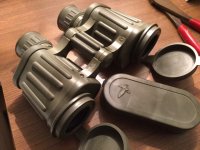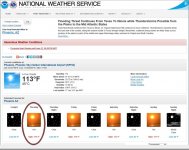perterra
Well-known member
Well all in all, from looking about the web and the expert feedback here, I get the feeling that it's not a good idea to be storing a decent Bino in extreme heat.
My concern is not regarding catastrophic failure of the bino in question, rather the dulling of its performance due to extreme heat. Who wants a good bino running at 60 or 70% optical capacity because of out-gassing, liquefying greases and glues etc etc.....all listed in the responses above.
Maybe the best option at this stage is for me to get some of those little 6x30 Kowa/Yosemite binos and enjoy them while they bake in the car.
I would say thats probably the safest bet, plus they are darn good binoculars.






